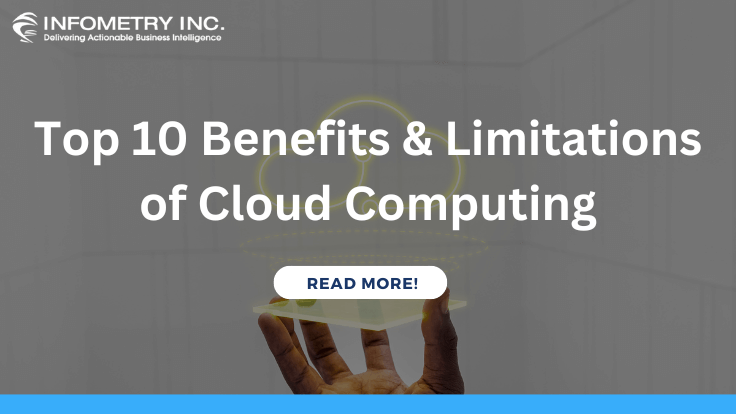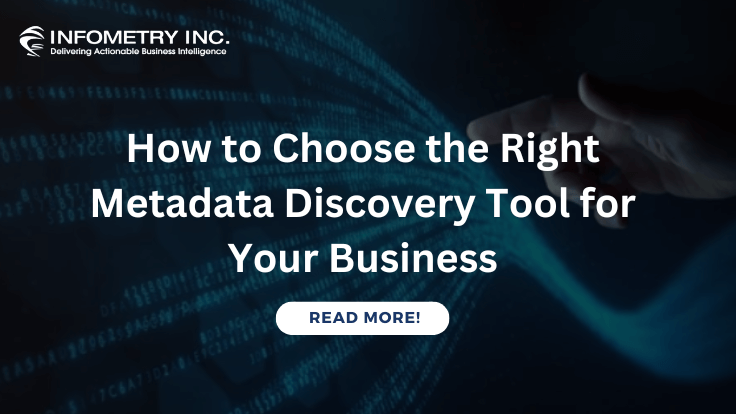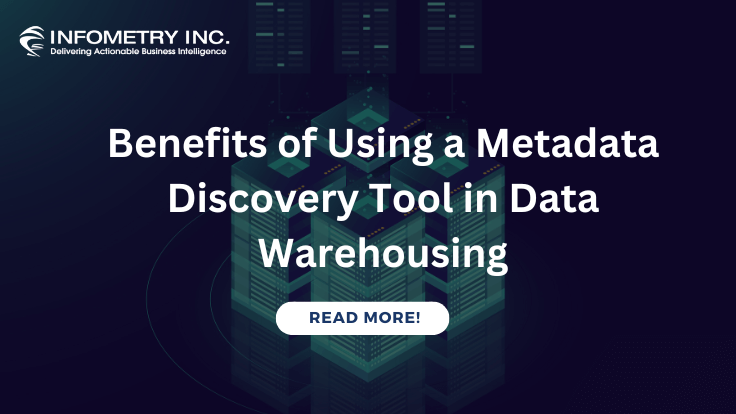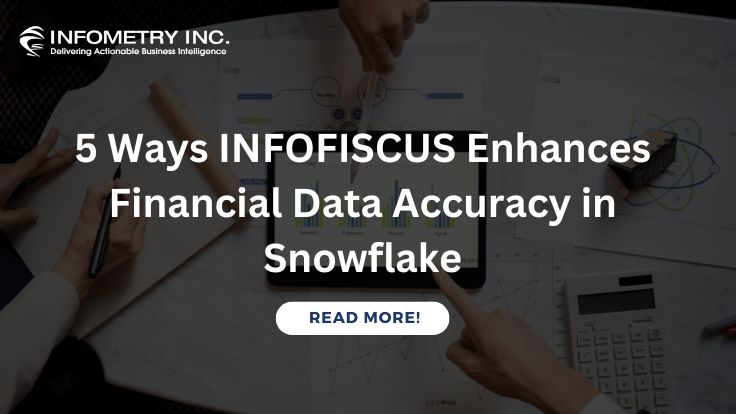
How to Ensure a Smart and Strategic Integration with MuleSoft API?
January 31, 2023
Top 10 Benefits & Limitations of Cloud Computing
February 2, 2023As organizations become more data-driven, Cloud Data Warehouses play an undeniably significant part, assisting organizations with storing, processing, harnessing and managing their information to make informed business decisions. The hidden objective for any business leveraging a data warehouse is to diminish the amount of time it takes for that organization’s information. In other words, the goal is to shorten the time it takes for the industry to derive value from its data.
While that objective has stayed enduring over time, accomplishing it has become more troublesome. Data warehousing has become more confounded because of the ascent of new information streams and the dramatic development of the information inside those streams. As informational collections have filled in intricacy, so has the innovation expected to help a fully integrated data warehouse. However, as innovation advances to satisfy new information needs, it additionally sets out new areas of freedom for business development and operational productivity. The capacity to rapidly get to and interact with additional information will empower organizations to create deeper insights faster than ever.
Today, for instance, a few innovations currently enable automatic query optimization, while machine learning algorithms help automate various once-manual functions. Advances in technology are even beginning to let data warehouses tune themselves. This ability accelerates the speed at which data warehouses convey value to organizations. With the development of AI and accessibility of near-infinite storage and computing power in the cloud, Snowflake is headed toward an exciting new era: the age of the self-adapting data warehouse.
How Snowflake Helps Firms Gain the Best Insights from Data?
Snowflake’s establishing vision was to eliminate all obstructions keeping associations from obtaining the best insights from all available data. The organization achieves this obstruction expulsion in two ways.
First, data sharing is fundamental for associations to acquire accurate predictive insights. As per consulting giant Gartner, “Data and analytics leaders who share information remotely create three times more quantifiable monetary advantage than the people who don’t.”
However, security drives like the European Union’s General Data Protection Regulation made a giant roadblock for companies sharing data. Snowflake eliminates this obstacle with its “data clean rooms,” which empower different organizations or divisions inside a single organization to share and integrate information safely. This innovation guarantees that organizations can share data without violating privacy or data governance regulations.
For example, internet advertising company The Trade Desk has collaborated with Snowflake to enable agency clients and brands to analyze ad performance data without straightforwardly uncovering recognizable information on individuals who watch the advertisements. Different information-driven industries, like medical services and finance, have comparable requirements for sharing information to empower better analysis and decision-making while staying consistent with industry guidelines.
Second, Snowflake was the first in its industry to make a data marketplace to empower purchasing, selling, or sharing of live data between enterprises. Associations that join the marketplace have access to different information, data services, and applications, including public health and financial data, identity resolution services, and software-as-a-service connectors.
The organization’s data marketplace opportunity is blasting. Last month it revealed results for the fiscal second quarter of 2023, which ended July 31, 2022. Stable edges characterized as continuous data-sharing connections between two or more Snowflake accounts had developed 112% year over year. Moreover, 21% of its client base had no less than one stable edge, expanding from 15% a year sooner.
If you were a financial backer in this organization, you would need to see stable edges keep compounding each quarter. That is because once marketplace participants establish long-term data-sharing relationships, it becomes significantly more challenging for them to leave the data platform — a network-effect competitive advantage for Snowflake.
What Makes Snowflake Data Warehouse Different?
Snowflake Solutions is a simple-to-utilize data cloud offered as a Software-as-a-Service (Saas). The magnificence of Snowflake is that there is no virtual or actual equipment to deal with. It is a managed service that works with all the major cloud computing providers. The Snowflake team handles all software updates and maintenance of the platform. Utilizing cloud infrastructure capabilities, customers can spin up or down data servers depending on the requirements and load of the customer. This decreases the time and cost of a typical in-house data storage solution. Gone are the times of purchasing more equipment whenever more storage is required. A simple button click enables customers to expand or reduce the data warehouse footprint. The amount of flexibility in configurations Caters to small and enterprise-level companies. It stores nearly unlimited data at affordable cloud rates and only bills you based on computing resources. The flexibility and scalability of Snowflake make it a very cost-effective solution for data warehousing.
Conclusion
The outlook of data warehousing will likely involve more cloud-based solutions like Snowflake, as they offer many advantages over traditional on-premises data warehouses. These include scalability, cost-effectiveness, and ease of use. Additionally, as more companies move towards data-driven decision-making, the demand for robust data warehousing and analytics platforms is likely to increase.




